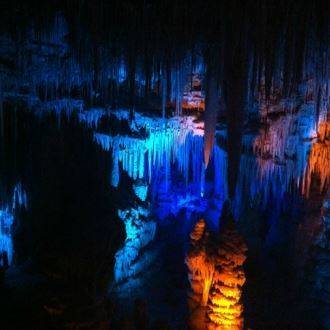Beit Itab National Park
Archaeology and History
At the top of the hill are the remains of a Crusader farm from the 12th century AD, the farm was probably established by a European nobleman named Johannes Guttmann, known as the owner of the fastest horse in the kingdom, but which did not prevent him from being captured by the Muslim.
His family had to sell the estate in Bayt 'Itab to the Church of the Holy Sepulcher to free him from his captivity.
The building, which was well fortified, was established on a hill that was 665m high. The hill had strategic importance as the main building had a view of the entire area and maintained the Roman path from HaEla Valley to Jerusalem.
In the later period, an Arab village called Bayt 'Itab was established there. It was also there during the British Mandate. In the south-west, a grove of eucalyptus trees is planted in the landscape of the natural wood. These trees were planted in the British period by the British army, on the way from Emek Ha'Ela to Bayt 'Itab and served as a rest stop for the British soldiers.
As part of Operation Ha-Har during the War of Independence, the Arab village of Bayt Itab was abandoned.
The remains of the Arab village, terraces, an orchard of almond trees, figs, pomegranates and more are scattered around the hill.
On the roof of the building, you can get a 360-degree view of the coastal plain and the Jerusalem hills, Moshav Bar Giora and Nes Harim, the "monster" - the construction of Ramat Beit Shemesh, which destroyed many acres of natural woodland, and the old Beit Shemesh.
Inside the building under the roof of the observation post, a Crusader dining room called the "Refectory" was completely preserved.
- Region
- Jerusalem Area
- Address
- Nes Harim
- Opening hours
- 24/7
- Parking
- Parking
- Suitable for children
- Suitable for children
- Website
- tour-yehuda.org.il
Similar attractions







Nearby trails

A family track in the Judean and Jerusalem Hills

Beit Itab

Nahal Katlav

Track Hateomim Cave

Scroll of Fire Memorial

A new light shines in the Stalactite Cave

Ein Uzan Track
Nearby restaurants




Aroma Shimshon Junction



